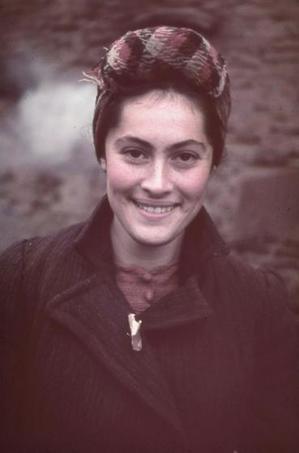|
I've been doing photo research for my upcoming book about African American women in the 1940's, and the racial prejudice they suffered while serving in the United States Army. The lynching of blacks was a fact of life for these women, and though it happened mostly in the south, blacks were lynched in northern states, too. I'd been putting off choosing a photo for this part of the story, but finally had to face the images and they left me depressed for days. Especially after stumbling across a new study that documents the number of lynchings in America is 700 more than previously believed. Titled Lynching in America: Confronting the Legacy of Racial Terror, the report says 3,959 lynchings of African-Americans took place from 1877 to 1950 in states across the South.  I'll spare you the images, but take a look at this bit of my research. An African American in the Women's Army Corp spent a week in the hospital being beaten by a civilian cop for sitting in white waiting room at the bus station in Elizabethtown, KY. The cop smashed Private Helen Smith over the head with a blackjack, dragged her across the bus station floor and threw her in the town jail. When she was handed over to military police at Fort Knox, she was ordered to face court martial for disorderly conduct and disobeying Kentucky Jim Crow laws. Two other WACs, beaten less severely were similarly charged. The three service women were eventually aquitted when NAACP lawyers argued Kentucky didn't actually have Jim Crow laws written in the books. The civilian cop faced no repercussions in the case. The news of two black men killed by police this week and at least four police officers shot to death overnight has added to my very heavy heart. People have very strong feelings on both sides of this issue, but I wish we could create a safe space to talk about violence in America.  Since writing the adaption of IRENA'S CHILDREN last year, I've been much more tuned into Polish history, and the atrocities Poland suffered under the Nazis. This week I stumbled across some haunting color photographs taken by Adolf Hitler's personal photographer, Hugo Jaeger, in occupied Poland in 1939 and 1940. They are heart-breaking, but I looked at each nameless person and envisioned them beyond the photograph--as flesh and blood, with loved ones, with a life of joys and struggles-- all cut short by the Nazi regime. See the photos here, in a piece called The Brink of Oblivion. Does remembering the victims move us closer to peace? I don't know. But it's something. Click here to check out an interactive database with information
on police killings in the last eighteen months. There's tons of information, and you can decide for yourself what you think. Police have a dangerous job. They are often on calls where they fear for their lives.They are human and vulnerable to mistakes when they have to make split-second decisions. Here you can see the honor roll of law enforcement officers killed this year. Information, talking and listening don't kill anyone. Let's give it a try. Comments are closed.
|
I'm fascinated to discover little-known history, stories of people and events that provide a new perspective on why and how things happened, new voices that haven't been heard, insight into how the past brought us here today, and how it might guide us to a better future.
I also post here about my books and feature other authors and their books on compelling and important historical topics. Occasionally, I share what makes me happy, pictures of my garden, recipes I've made, events I've attended, people I've met. I'm always happy to hear from readers in the blog comments, by email or social media. Archives
September 2023
Categories
All
|
